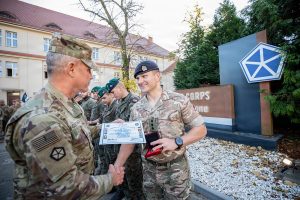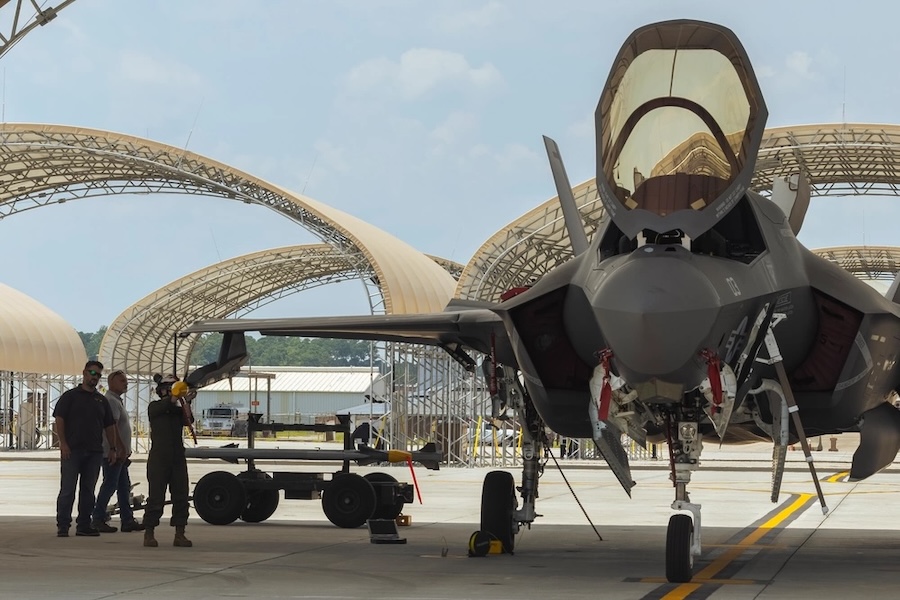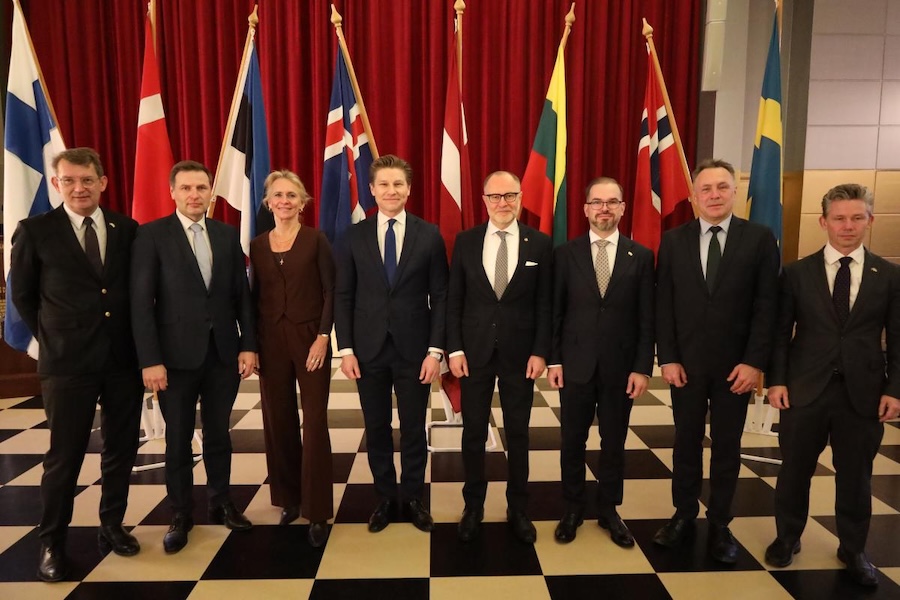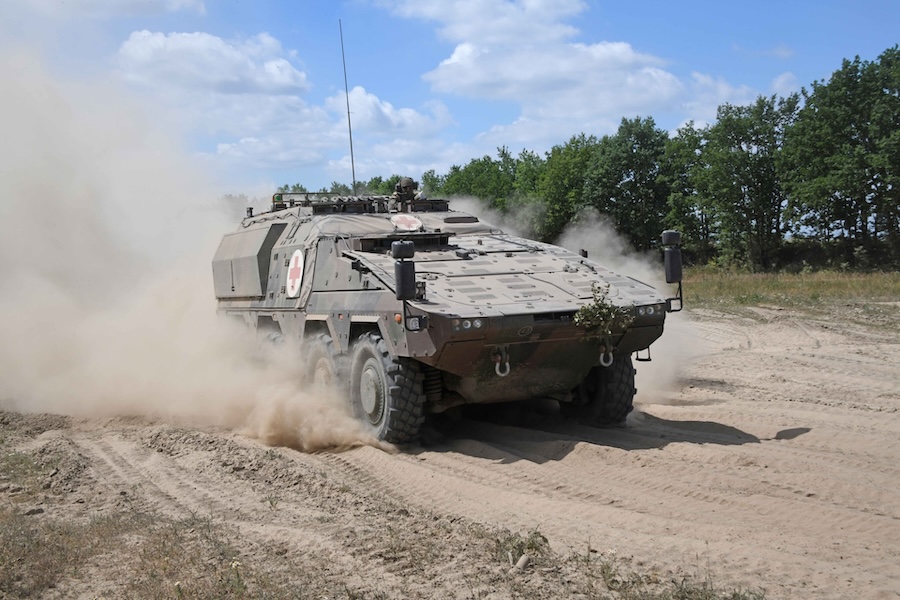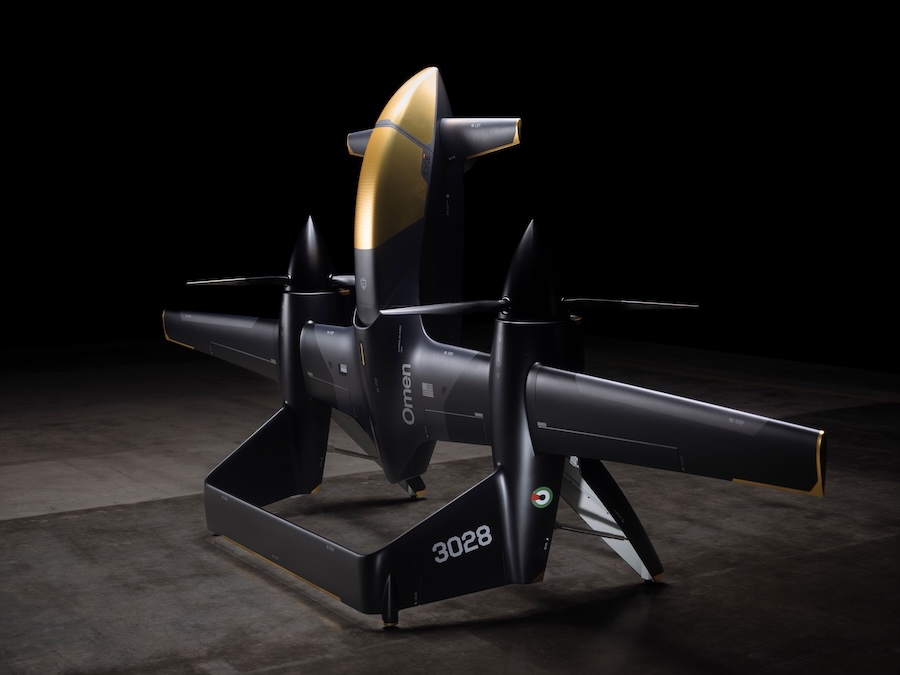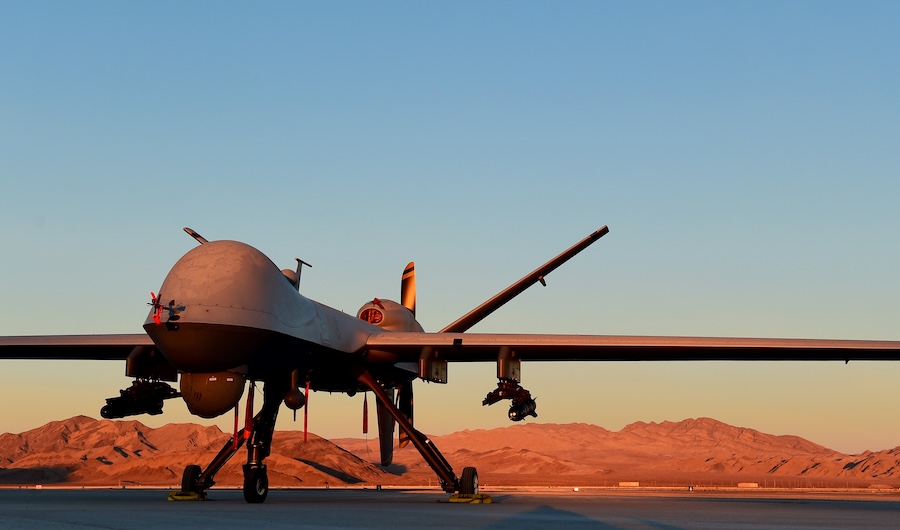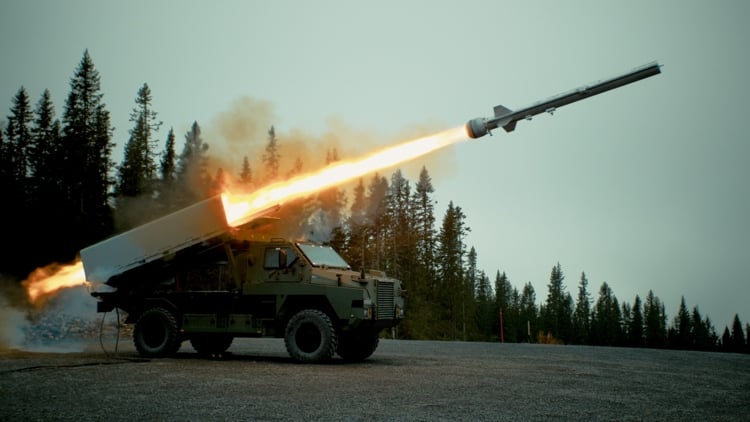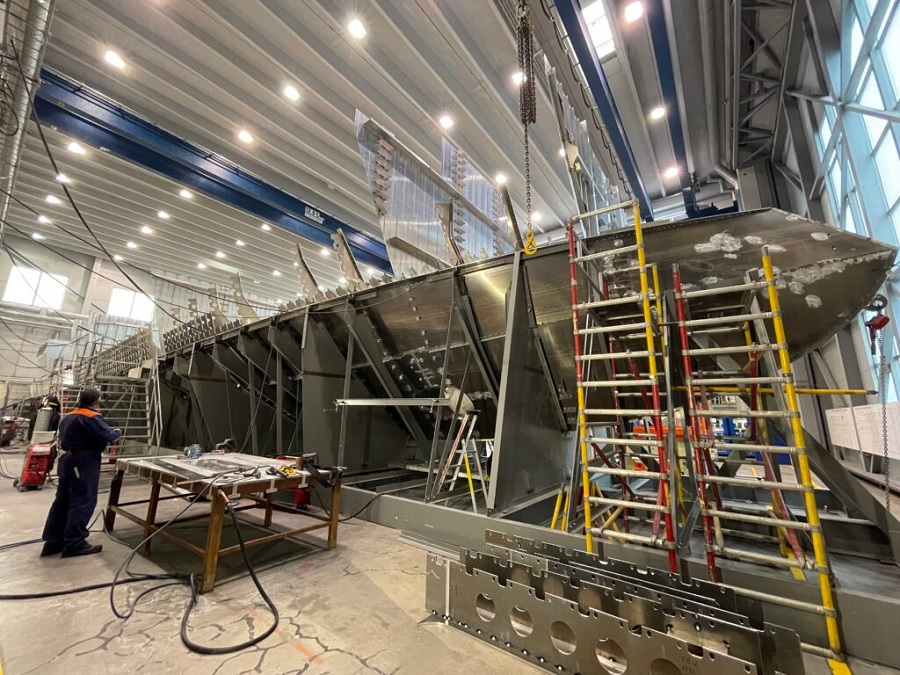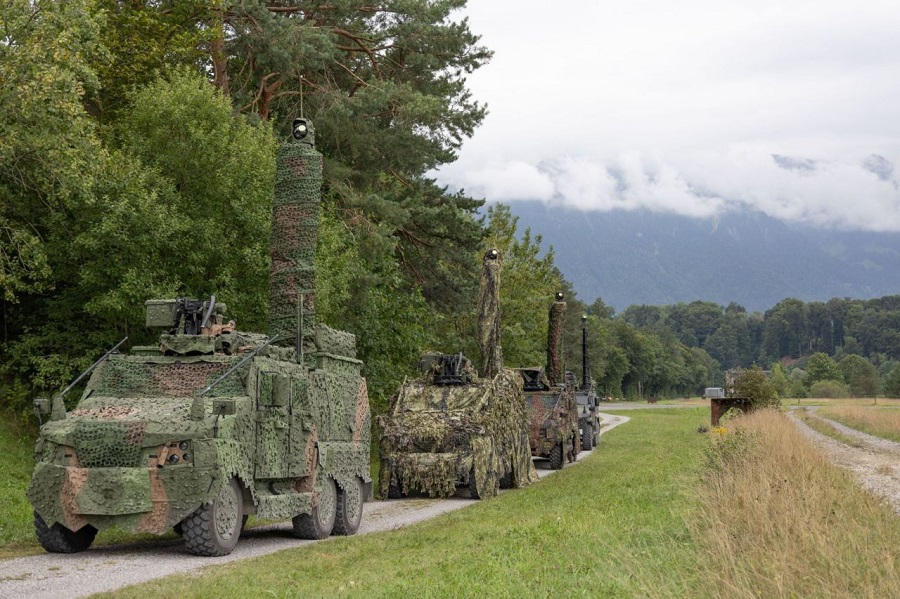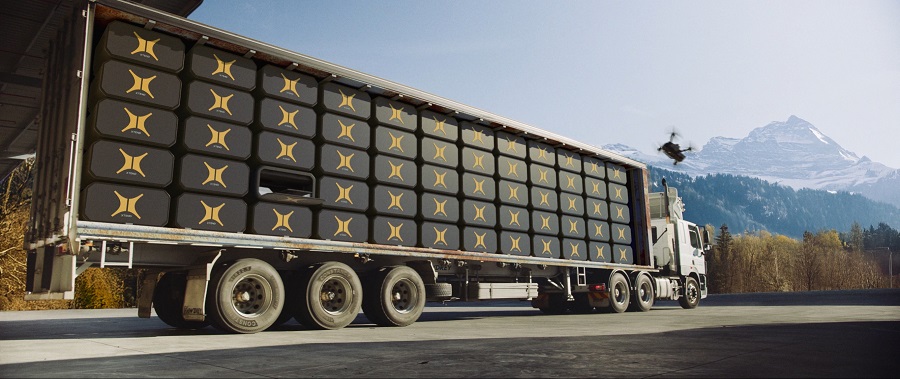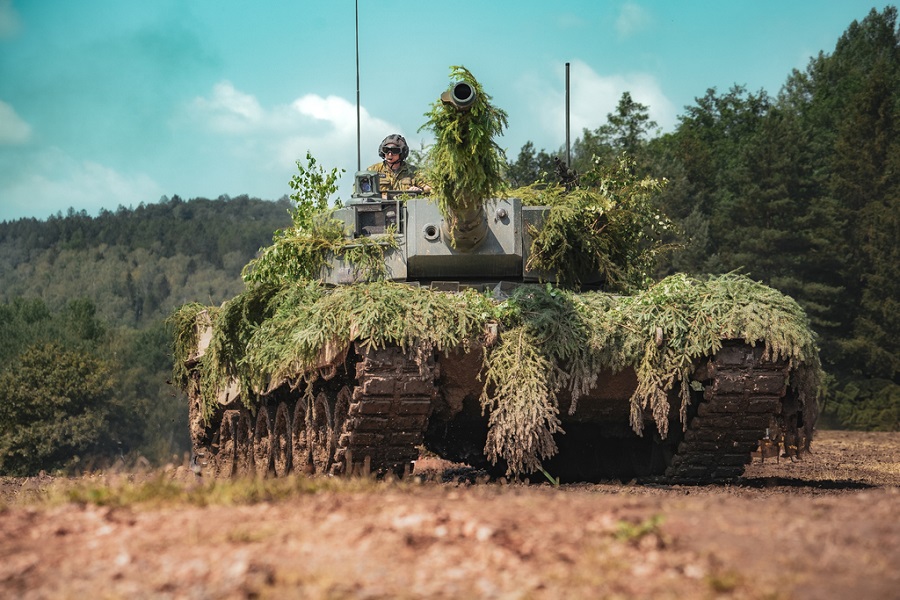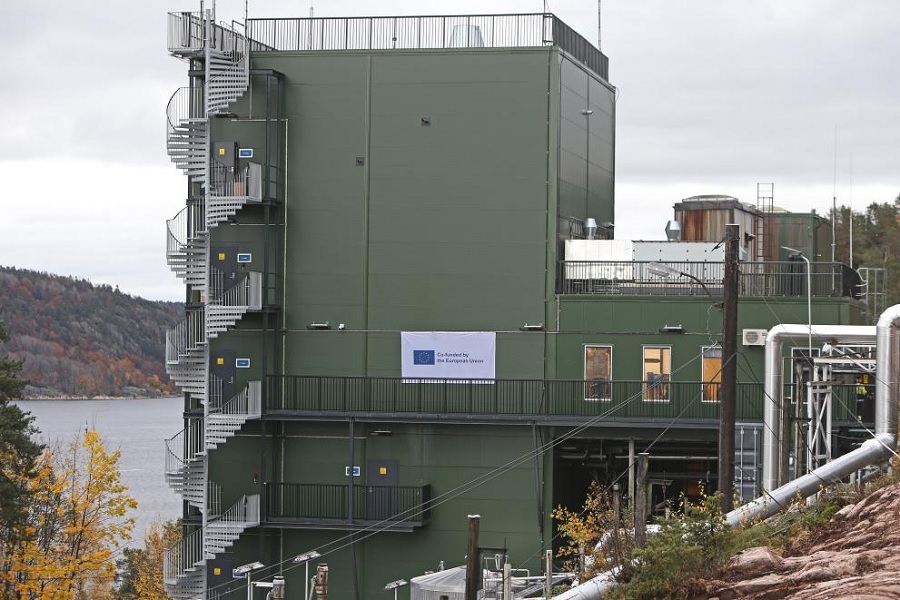The focus of this year’s experiment was on integrating diverse technologies – including AI, sensors, networks, and unmanned systems – into a shared architecture and testing its resilience across a variety of operational scenarios. The event culminated in a live demonstration simulating a counter-unmanned aerial system operation followed by an explosive ordnance disposal mission.
Major General Arnoud Stallmann of NATO ACT addressed the urgency behind such innovation during the VIP day, referring to recent incidents in European airspace: “There is a real sense of urgency at the moment.” He added, “Our adversaries are innovating rapidly as well.”
Technologies used in the exercises came from companies including Ark Robotics, Ascent Lumina, Ericsson, JET Connectivity, KELLUU, Marduk Technologies, Nokia, Origin Robotics, Rescue Dynamics, Origin, Thales, and others. The experiment showed that data from international systems can be fused through 5G and satellite communication to form a shared operational picture during dynamic missions.
Juris Binde, President of Latvian mobile technology company LMT, which served as the technical integrator for the fourth consecutive year, said: “Over the past four years, LMT Defence has served as the technical integrator in NATO ACT’s Digital Backbone experiment – an initiative that brings together 5G expertise for the improvement of military innovation. Being an integrator is about more than connecting technologies. It’s about creating synergy between innovation, security, and strategic thinking. Together, we’ve demonstrated that we have the competence, the courage, and the capability to be a vital part of NATO’s digital transformation.”
Warren Low, Director of DiBaX at NATO ACT, underlined the importance of putting the tested solutions into operational use. He stated, “The most important outcome of these experiments is to eventually put this technology in the hands of soldiers, let them operate it, have experience, [and] provide feedback to industry” to help the industry innovate and develop more rapidly.
Held in Latvia for the fourth year in a row, the experiment was a collaboration between NATO’s Allied Command Transformation, the Latvian Ministry of Defence, and the National Armed Forces. LMT provided the advanced 5G testing environment used throughout the exercises.









